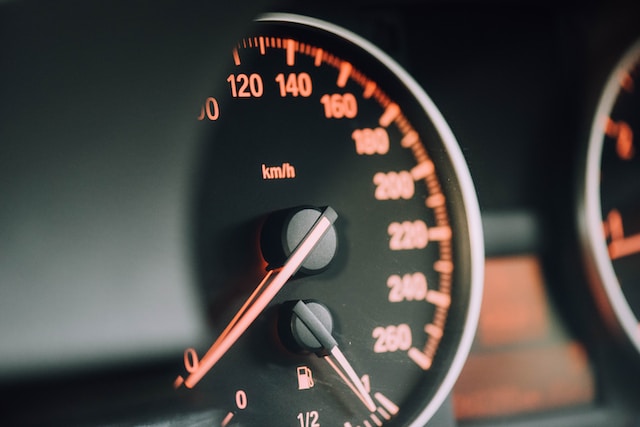

Top DIY Car Maintenance Tips Every Driver Should Know
Regular car maintenance is essential for keeping your vehicle in top condition and ensuring a safe and smooth driving experience. While some tasks are best left to professionals, there are several DIY car maintenance tips that every driver can master. In this guide, we’ll explore key do-it-yourself maintenance tasks that can save you money and keep your car running efficiently.
1. Regularly Check and Change the Oil:
Engine oil is the lifeblood of your car, lubricating its components and ensuring smooth operation. Regularly check the oil level using the dipstick and change the oil according to your vehicle manufacturer’s recommendations. This simple task can prevent engine damage and extend the life of your car.
2. Inspect and Rotate Your Tires:
Uneven tire wear can affect your vehicle’s handling and fuel efficiency. Regularly inspect your tires for signs of wear, such as uneven tread depth or bald spots. Rotate your tires according to the recommended schedule to promote even wear and maximize their lifespan.
3. Monitor and Top Up Fluid Levels:
Your car relies on various fluids, including coolant, brake fluid, power steering fluid, and windshield washer fluid. Regularly check these fluid levels and top them up as needed. Keeping fluids at the proper levels is crucial for your car’s performance and longevity.
4. Replace the Air Filter:
A clean air filter is essential for optimal engine performance and fuel efficiency. Check your air filter regularly and replace it if it’s dirty or clogged. This simple task can improve your car’s gas mileage and reduce emissions.
5. Check and Replace Wiper Blades:
Visibility is crucial for safe driving. Inspect your wiper blades regularly and replace them if they show signs of wear or leave streaks on the windshield. Fresh wiper blades ensure clear visibility during rain or snow.
6. Test and Replace the Battery:
A weak or dead battery can leave you stranded. Test your battery regularly using a voltmeter, and replace it if it’s no longer holding a charge. Keeping a well-maintained battery is essential for reliable starts.
7. Inspect the Brake System:
Brakes are a critical safety component. Regularly inspect the brake pads, rotors, and brake fluid levels. Replace worn brake pads and address any brake issues promptly to ensure optimal stopping power.
8. Tighten and Clean Battery Terminals:
Corrosion on battery terminals can lead to starting problems. Regularly clean the battery terminals using a mixture of baking soda and water, and ensure they are tight and secure.
9. Lubricate Moving Parts:
Keeping moving parts well-lubricated is crucial for preventing wear and tear. Use appropriate lubricants on door hinges, hood latches, and other moving components to ensure smooth operation.
10. Learn to Change a Flat Tire:
Knowing how to change a flat tire is a basic skill every driver should have. Familiarize yourself with the process, and ensure you have a spare tire, jack, and lug wrench in your vehicle.
MORE POSTS


Seasonal Car Care Checklist: Preparing Your Vehicle for Winter/Summer

Navigating the Check Engine Light: What It Means and What to Do

How to Extend the Lifespan of Your Car Battery: Pro Tips

Top DIY Car Maintenance Tips Every Driver Should Know
Socials Share
Discover
Related posts

Common Signs Your Brakes Need Attention: Don’t Ignore the Warning Signs

Seasonal Car Care Checklist: Preparing Your Vehicle for Winter/Summer

